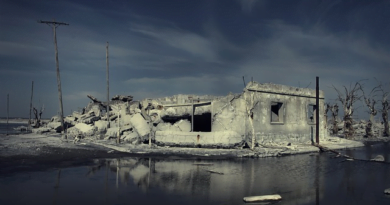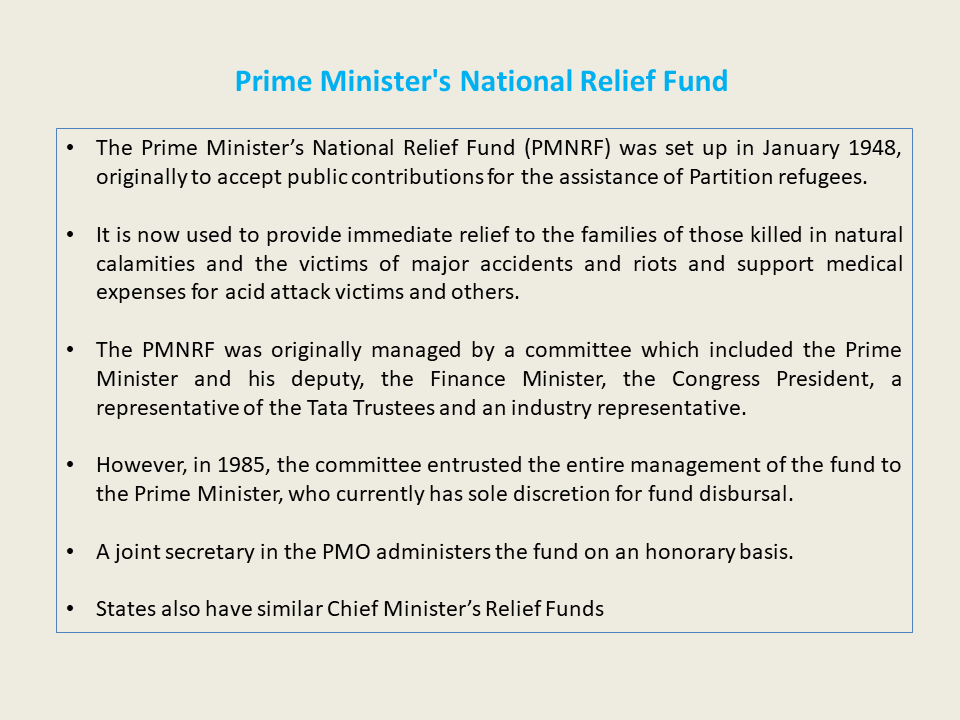Aapda Mitra
Context:
Recently, the government has announced plans to have Disaster Management Volunteers (Aapda Mitras) in 350 districts of the country also released documents for Common Alerting Protocol (CAP)
- CAP is a simple but general format for exchanging all-hazard emergency alerts and public warnings over all kinds of networks.
Aapda Mitra: The Scheme for Training of Community Volunteers in Disaster Response
NDMA has been implementing a central sector scheme namely Aapda Mitra since May 2016 with a focus on training of 6000 community volunteers (200 volunteers per district) in disaster response in selected 30 most flood prone districts of 25 States of India. The scheme is extended upto 31.12.2020.
The scheme aims to provide the community volunteers with the skills that they would need to respond to their community’s immediate needs in the aftermath of a disaster thereby enabling them to undertake basic relief and rescue tasks during emergency situations such as floods, flash-floods and urban flooding.
The objectives of the scheme Aapda Mitra:
- Development and Standardization of training modules at National Level;
- Development of Information Knowledge Management System at National level linked to States/UTs;
- Training institutions to be empanelled by respective States/UTs at the State/UT level;
- To train 6000 community volunteers in life saving skills of disaster response (flood relief and rescue), coordination, assistance, and provide personal protective equipment and emergency responder kits;
- To create a Community Emergency Stockpile/Reserve at the district/block level containing essential light search and rescue equipment, medical first aid kits, etc;
- To disseminate training and education tools developed under the project to more number of flood prone districts in subsequent phases of the scheme.
Following services provided during COVID-19 pandemic under the guidance of District Administrations:
- Distributed ration and monitored temperature.
- Home delivery of essential items such as food, ration, medicines for women headed households, senior citizens, disabled people.
- Logistic support in running and monitoring quarantine & isolation centers and homes of suspect cases.
- Dissemination of information & awareness generation by IEC material, campaigns at public places and at doorsteps to reach the last mile.
- Preparation & Distribution of Food among the needy like migrants, homeless, in slum clusters & remote rural areas.
- Conducted an awareness drive to educate rural communities.
- Volunteers ensured people wear masks and distributed essential items to the community and to migrant labourers.
Other Disaster Related Initiatives:
- Indian:
- National Disaster Response Fund.
- Disaster Management Act, 2005.
- Coalition for Disaster Resilient Infrastructure (CDRI).
- Global:
- Sendai Framework for Disaster Risk Reduction 2015-2030
- United Nations Office for Disaster Risk Reduction (UNDRR).
National Disaster Management Authority
- NDMA is the apex statutory body for disaster management in India. It is headed by the Prime Minister of India.
- It was formally constituted on 27th September 2006, in accordance with the Disaster Management Act, 2005.
- Its primary purpose is to coordinate response to natural or man-made disasters and for capacity-building in disaster resiliency and crisis response.
- It envisages to build a safer and disaster resilient India by a holistic, proactive, technology driven and sustainable development strategy that involves all stakeholders and fosters a culture of prevention, preparedness and mitigation.
Source: Indian Express



